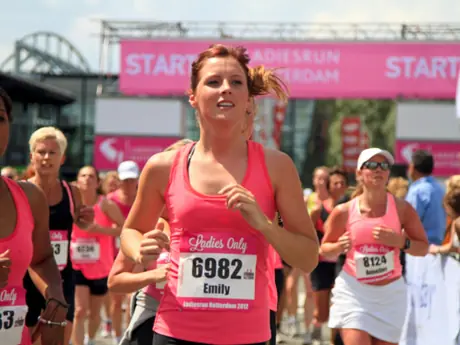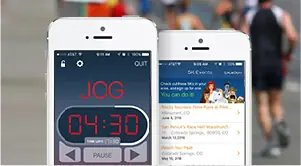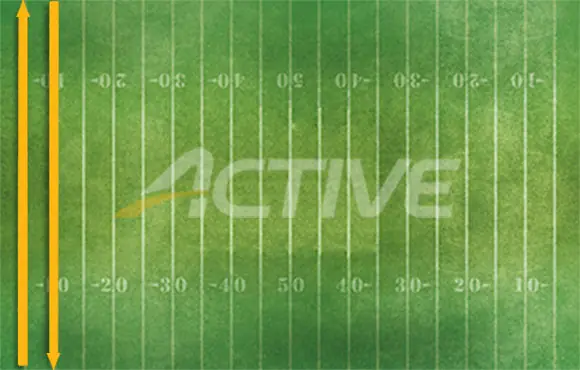
You've been working and training hard for weeks to build your fitness level for your latest 5K or 10K. Don't let a poor strategy keep you from your hard-earned PR.
You spend lots of time thinking about what you'll do on race morning—picking out your outfit, planning your breakfast, figuring out how you're getting to the start line. It's great to have a strategy for the big day, but do you also have a race plan? It may seem like a minor detail, but if you don't have a game plan, it may just keep you from that PR you've been working so hard to achieve.
When it comes to race strategies, there are two tried-and-true options that work: an even-split race or a slightly negative split race. For even splits, you'll keep a steady pace throughout the race. This is a great game plan for distance; if you're running a marathon, just maintaining your pace in the final six miles can be enough of a challenge on its own.
More: 2 Tips to Make the Last 10K of a Marathon Your Best
But a slight negative split, meaning that the second half of the race should be faster than the first half, works best for 5K or 10K. Specifically, that last 400 to 800 meters should be faster than the first couple of miles. For the 10K runner, that extra kick should come in during the last 800m, or even the last mile. Is this realistic? Absolutely, but it takes practice.
Workouts That Help You Achieve a Negative Split Race
So how can you build the skills that will help you run a negative split race? The first way is probably obvious: work negative splits into your workouts. Try running the last couple of miles faster on long runs; these are called progression long runs.
More: 3 Progression Runs to Reach Race-Day Success
For speed workouts, this strategy comes into play even more. For instance, for 10 x 400m with 60 seconds recovery, the final three repetitions should be your fastest. Same goes for longer workouts: 6 x 800m, 5 to 16 x 1,000m and 3 to 4 x 1,600m should all be run with the goal of running the last rep as your fastest.
All this will help make sure you're ready to kick it into high gear on race day. It's important to learn how to speed up when you are uncomfortable, so you'll be able to dig deep when you hit that last stretch of the race.
- 1
- of
- 2
About the Author










Discuss This Article